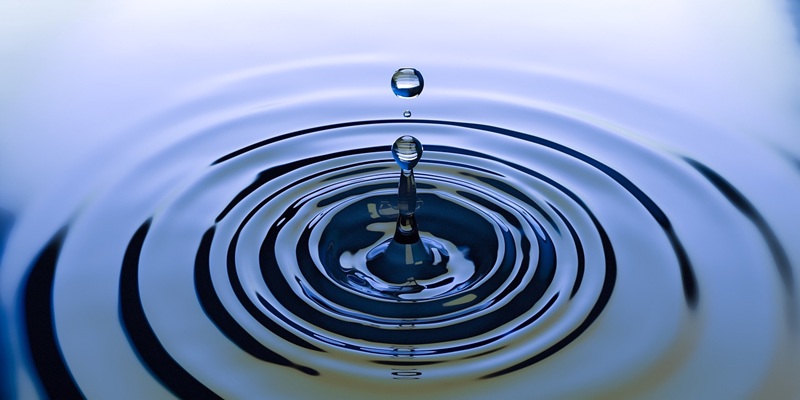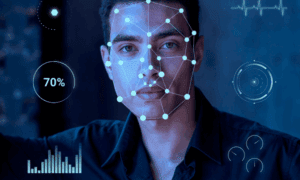Access to clean and safe drinking water is one of the most pressing global challenges today. Despite being a basic human right, over two billion people worldwide lack access to safely managed water services. Fortunately, cleantech innovations for water purification are paving the way for sustainable, scalable, and efficient solutions. These technologies not only reduce environmental impact but also offer hope for communities battling water scarcity, contamination, and infrastructure deficiencies.
Understanding Cleantech in the Context of Water Purification
To begin with, cleantech, short for “clean technology,” refers to products, services, or processes that reduce negative environmental impacts through significant energy efficiency improvements, sustainable resource use, or environmental protection. When applied to water purification, cleantech revolves around environmentally friendly methods that ensure water is safe for consumption while minimizing waste, emissions, and chemical use.
Traditional water purification methods often rely on high energy input, chemical treatment, or complex infrastructure. While effective, these approaches may not be sustainable or accessible, especially in developing regions. Conversely, cleantech solutions are designed to be efficient, low-cost, and adaptable to various environments. Therefore, they serve as a practical answer to global water issues.
Why Cleantech Water Purification Is Gaining Momentum
- Several driving factors have contributed to the rising interest in cleantech for water purification:
- Climate change is affecting freshwater availability and increasing contamination.
- Urbanization is putting pressure on water infrastructure in cities.
- Industrial waste and agricultural runoff are polluting water sources.
- Emerging pollutants, such as microplastics and pharmaceuticals, are harder to treat using traditional methods.
Consequently, innovative water purification technologies are not just desirable—they are urgently needed. Moreover, the push toward sustainability, green energy, and climate resilience is making cleantech solutions more attractive to governments, industries, and consumers alike.
Key Cleantech Solutions in Water Purification
Solar-Powered Water Purification Systems
Solar energy is perhaps the most widely accessible and sustainable energy source. When integrated into water purification, it brings about an eco-friendly solution ideal for remote and off-grid areas. Solar distillation, for instance, uses sunlight to evaporate and condense water, effectively removing salts and pathogens. Additionally, solar-powered reverse osmosis systems can filter water without depending on fossil fuels.
Transitioning to solar-powered purification systems significantly lowers carbon emissions and operational costs. Furthermore, maintenance is minimal, which makes them a great option for low-resource settings.
Nanotechnology-Based Filters and Membranes
Nanotechnology has revolutionized the water treatment sector. Through nanomaterials like carbon nanotubes, silver nanoparticles, and graphene oxide, filters can now target even the smallest contaminants—viruses, bacteria, heavy metals, and organic molecules. These materials are incredibly effective due to their high surface area and unique reactive properties.
Besides being powerful, nanotech-based filters often require less pressure and energy to operate. As a result, they’re both cost-efficient and scalable. Moreover, innovations like self-cleaning membranes and anti-fouling surfaces reduce the need for chemical cleaning, extending their life and reducing environmental harm.
Atmospheric Water Generators (AWGs)
Another futuristic yet increasingly practical solution is atmospheric water generation. AWGs extract moisture from the air and condense it into potable water. This technology is particularly useful in arid regions with low water availability but high humidity levels. Although still energy-intensive, newer AWG models powered by solar or wind energy significantly improve sustainability.
For emergency response teams, military operations, or isolated communities, AWGs can be a game-changer. In addition, when coupled with renewable energy, they become a highly sustainable source of clean water.
Advanced Oxidation Processes (AOPs)
AOPs involve generating highly reactive species, typically hydroxyl radicals, that break down organic pollutants in water. These processes are effective against hard-to-remove substances like pesticides, pharmaceuticals, and industrial waste. Technologies under this category include ozone treatment, UV-hydrogen peroxide systems, and photocatalysis.
Though traditionally energy-intensive, cleantech iterations of AOPs are optimizing energy input and focusing on renewable integration. Consequently, they are becoming more environmentally and economically viable for both municipal and industrial applications.
Biological Treatment and Biofiltration
Nature itself offers powerful tools for purification. Biofiltration uses beneficial microbes embedded in media like sand or activated carbon to degrade contaminants biologically. These systems can be applied to both drinking water and wastewater treatment.
Compared to chemical-based methods, biological processes are safer and more sustainable. Additionally, they are often low-cost and require less infrastructure, making them suitable for rural and decentralized systems. When paired with IoT sensors and automation, biofiltration becomes even more efficient and reliable.
Integration of IoT and Smart Technologies in Water Purification
Technological advancements don’t stop at purification techniques alone. The integration of Internet of Things (IoT) devices in water treatment systems allows real-time monitoring, predictive maintenance, and adaptive filtration processes. These smart systems can detect changes in water quality instantly and adjust purification parameters accordingly.
Moreover, data collection helps authorities and organizations to identify pollution sources, track usage patterns, and manage resources better. As a result, IoT-enabled cleantech solutions offer not just purification but intelligent water management.
Benefits of Using Cleantech Water Purification Systems
There are numerous advantages to embracing cleantech solutions for water purification:
- Environmental sustainability: Reduced carbon emissions, waste, and chemical use.
- Cost efficiency: Lower operational costs over time, especially with renewable energy.
- Accessibility: Scalable systems that work in remote, rural, or disaster-affected areas.
- Health benefits: Improved water quality reduces disease transmission.
- Resilience: Technologies like AWGs and solar purifiers are ideal for climate resilience.
Furthermore, cleantech solutions align with the United Nations Sustainable Development Goal 6, which aims for universal access to clean water and sanitation by 2030.
Challenges and Limitations to Consider
While the potential is enormous, challenges remain. Upfront costs for some technologies can be high, especially in the case of nanotechnology or advanced oxidation systems. Additionally, maintenance and technical know-how may be barriers in low-income regions. There is also a need for stronger regulatory frameworks to ensure water safety and quality standards.
Despite these hurdles, partnerships between governments, NGOs, private companies, and academic institutions are helping to close the gap. Continued investment, research, and policy support will be critical to scaling these innovations globally.
The Prospect of Cleantech in Water Purification
Looking ahead, cleantech will play an increasingly central role in global water solutions. Future trends include:
- Hybrid systems combining multiple purification methods for greater efficiency.
- AI-driven water quality prediction and automated response systems.
- Community-owned water purification microgrids in remote regions.
- Circular water systems that recycle wastewater using eco-friendly methods.
Notably, public awareness and education will also shape the adoption of these technologies. Therefore, as more people understand the environmental and health benefits, demand for clean, sustainable water solutions will only grow.
Conclusion
The intersection of clean technology and water purification is not just an innovation—it is a revolution. By leveraging solar energy, nanomaterials, biofiltration, and smart systems, we are closer than ever to solving one of humanity’s most urgent problems. These cleantech solutions are not only sustainable but also adaptable and inclusive, offering hope to millions in need.
As we face mounting water challenges exacerbated by climate change, population growth, and pollution, embracing cleantech is no longer optional—it is essential. Now is the time to invest, adopt, and advocate for technologies that ensure a safer, cleaner water future for all.





























